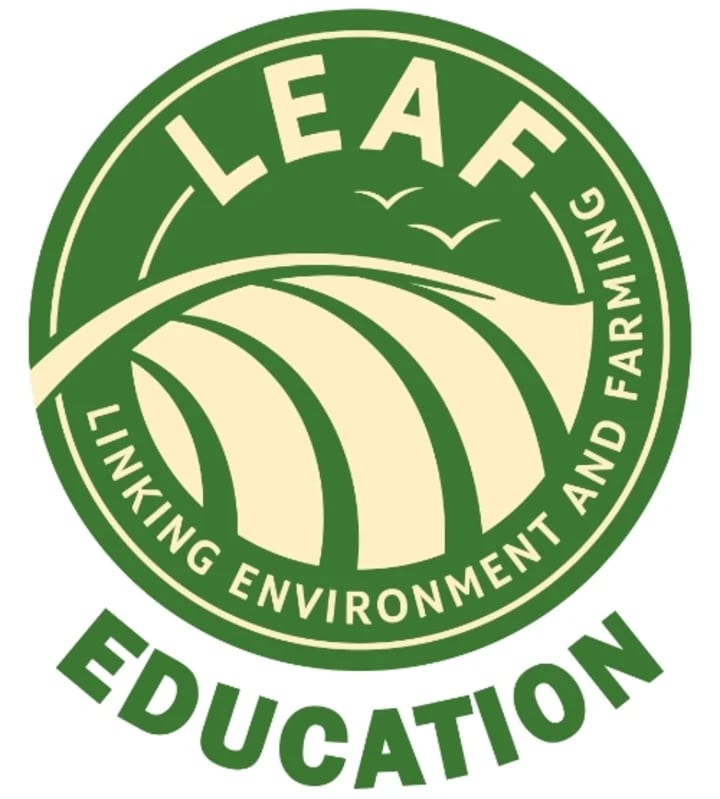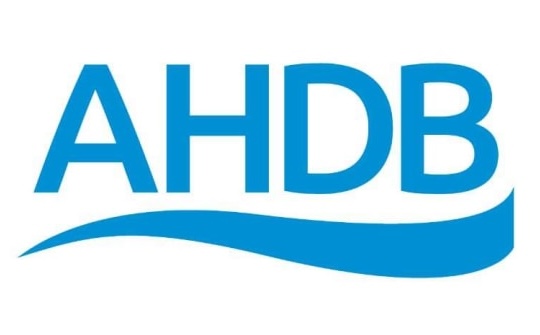Find out how the manufacture, use and disposal of plastic can have an impact upon the environment, also what can be done to combat plastic pollution.
Ages 7 -11
- This Global Climate Change Resource Pack developed by LEAF Education explores the uses and the problems caused by plastic waste.
- Help children learn how plastic pollution travels through our toilets and drains to rivers and oceans having started life as a balloon, plastic-food wrap, litter, clothing and agricultural materials, with this brilliant Interactive Map developed by the Environment Agency.
- This Community Clean Up Challenge provides everything you need to conduct a litter pick. Taking part in litter picks or seeing the litter others pick up, can inspire people to change their behaviour to prevent litter entering the environment in the first place.
Ages 11 - 16
- Why not have a read through this Plastics and Climate Change fact sheet on how plastic is linked to the climate emergency and how you can convert plastic production, use and disposal to greenhouse gas emissions.
- This e-booklet in the Controversial Issues series by LEAF Education helps students to examine the issue in detail with suggested activities and links to useful articles.
- Learn about the journey of plastics with your class by navigating through a series of online films and activities via this Interactive Map produced by the Environment Agency.
- Use this Plastics Quiz to find out where plastics comes from, what types of plastic are found on land, and what the labels on packaging mean.
Ages 16 - 18
- Watch the video and use the accompanying handout produced by the Environment Agency to discover how plastics are used in the Animal Care Industry.
- In the same series about the Animal Care Industry find out about the different Pathways of plastic into our environment.
- The third resource in the Animal Care Industry series looks at the waste hierarchy and illustrates how the Waste Hierarchy is used in animal management.














